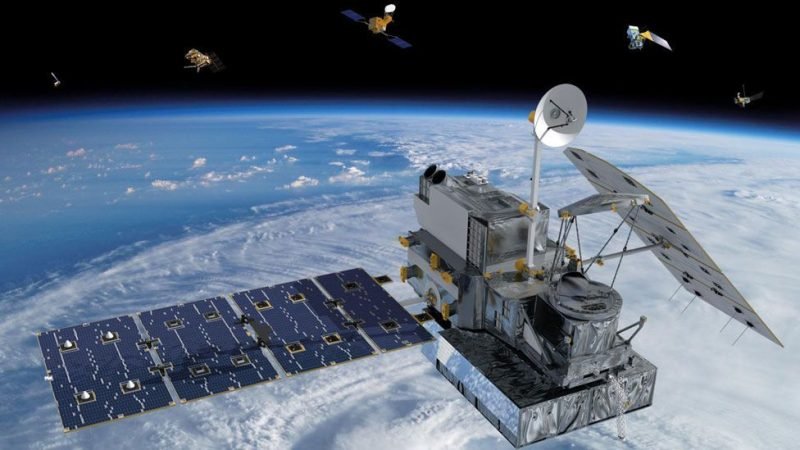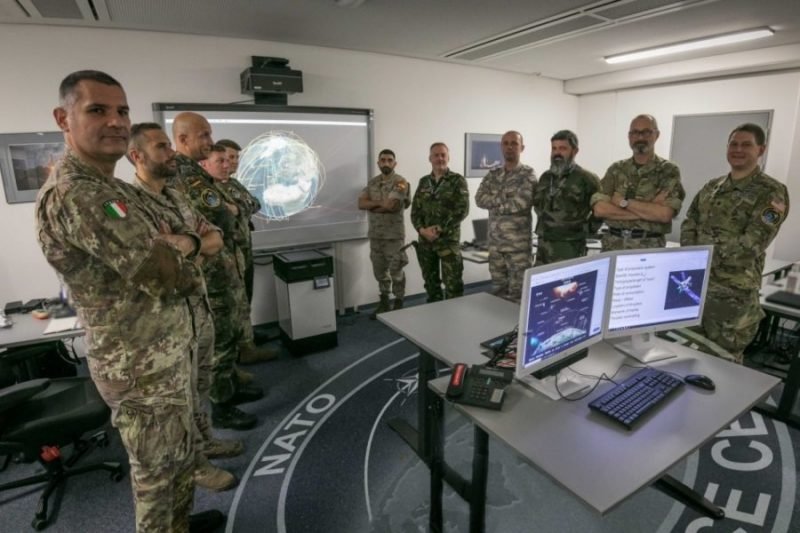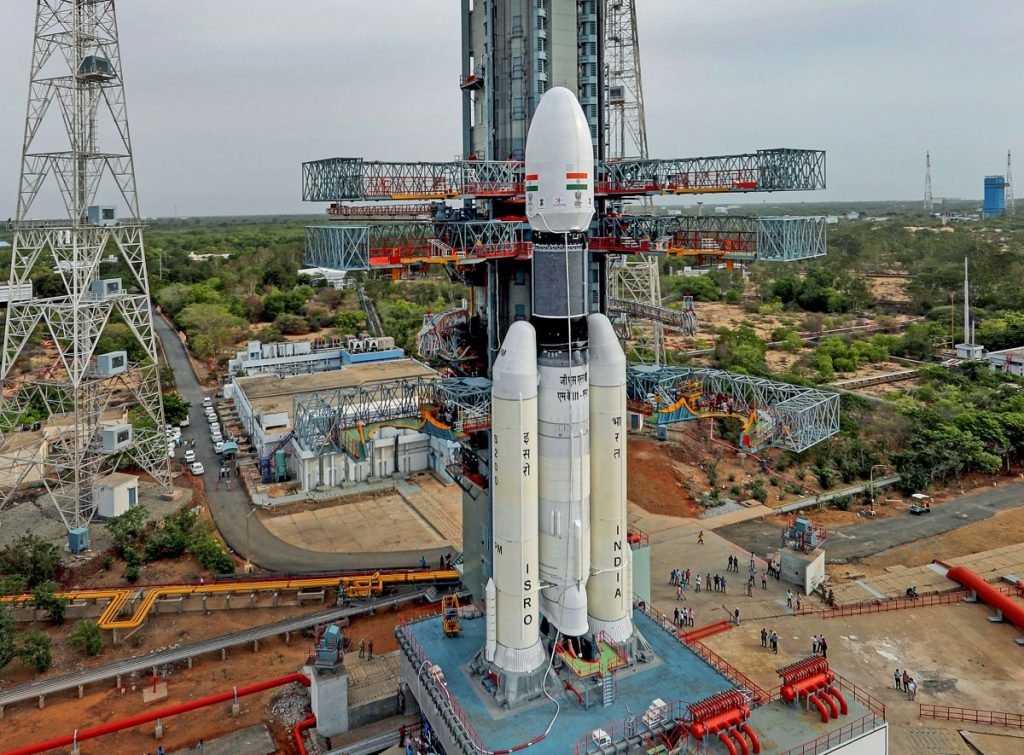Space: No One’s or Everyone’s

Universal policy & norms in Space must ensure level playing field for every country which will not restrict them to access the new modalities of this rapidly changing world.
‘Space’ defined in Outer Space Treaty (1967) as the volume beyond the upper limits of airspace. It is gathering much attention in recent years due to the rise in stakeholders from several capacity driven domain. Earlier the first world states/countries have the operating capabilities and potential in this domain which is expanding rapidly among the private entities from last decade. In addition to that, earlier not even every state has capability to harness the potential of space resources, hence the origin of NATO, ESA, RFSA etc. can be traced in 20th century which makes them leader in this heavily operational domain.
It is astonishing that currently around 75 countries have their individual space agencies working in full pace. Other than that many start-ups like SpaceX, Blue Origin, Nanoracks, Astroscale, Skyroot Aerospace and many more in approximately all these countries are in budding or thriving stages. They are navigating the creative use of technologies to multiple sectors like human development, ease in information access, e-medical coverage, and education primarily. Till the end of 2021, it is estimated that the global space economy has worth around $423 billion in which India’s share is approximately 3% and will jump to ~10% till the end of this decade.
Now the question arises what are the global aspirations and tussles, the world will face in coming days? Simply the answer is Defense Architecture. As the competition in harnessing the available resources and creating new assets in space rises, international collaborations are tightening the rules of space system. Recently revealed, NATO’s overarching Space Policy reiterated; even in cases where NATO is not involved in conflict Allies’ space systems could be affected which will lead to retaliation. Space must be seen as an integral part of the Alliance’s broad approach to deterrence and defence, drawing upon all of the tools at NATO’s disposal, to provide the Alliance with a broad range of options to be able to respond to any threats from wherever they arise. It clearly shown us the impression of West over the challenges they are facing in recent years from the adversaries and private entities. No one can deny about the possibility of future threats from these escalating space structures developing for the corporate benefits. It is an major alarming bell for second world countries or aspiring to be first countries as their security frameworks are not efficient enough to deal with these futuristic challenges. We all very well knew that corporate culture is solely driven by profits and these profit making hunger surpassed the rule of land several times in past. Hence, it is must for aspirational countries to must segment space applications in defense and civil pursuits. The advance techs like 6G, IoT, blockchain etc. poses indirect challenge to their security architecture in the later 21st century.

As very well said – every challenge can become an opportunity, if you harness it for solving problems. India also finds its route by opening up its space sector by transforming its state owned enterprise Indian Space Research Organisation (ISRO). An independent single window nodal agency IN-SPACe under Department of Space (DOS) is allowing space activities and usage of DOS owned facilities by private entrepreneurs. Currently, more than 40 such startups are working on critical technologies which will provide multiple gains in several sectors. But the Indian space sector majorly deals with rocket and satellite launch services which merely had 2% of space market as the 95% activities are related to satellite based services and ground based systems. To become a competitor with the western entities, ISRO has to 10 times more expanded than presently it is. Also merely become suppliers of components and sub-systems are insufficient to compete with those who undertake independent space projects.
Space based applications are the future of this sector where satellite data and imagery services took top notch. Every depending sector like weather services, agriculture, transportation, urban & rural development, aviation, surveying, mapping etc. are seeking big policy reforms as well as mega infrastructure development. It is a mammoth task which will not be going to happen without state’s intervention in this critical stage. After the revamped policies of West, the influx of launching orders from Indo-Pacific region will start to move towards Atlantic again. The biggest valid concrete reason is capacity regeneration. The Asian facilitates launching pads and rocket facilities majorly to the seekers at comparative cheaper prices but the further advances in cumulative pricing are currently available in Pacific-Atlantic only. When we focus on India, space program strategically evolved on need based socioeconomic targets. Till date, the substantial financial investments to develop it as an industry have not received. The much needed investments done for space capabilities, generated from strategic needs and additional utility services. Par from this, international sanctions on navigation mobility and technological imports restricted India to enlarge and stretch which drive them towards indigenisation. It clearly shows how the kingpins strategically under an umbrella snare opportunities from aspiring countries.

The other prospect is defence space investments in which approximately all the modern weaponry and weapon delivery platforms are designed to remain compatible with space based systems. The overall development of defence architecture of catching-up regional powers at least vests one tenet on space technologies as the target identification and firing gets much accuracy with it. In these circumstances, an open, fair, non interruptive & impartial positioning system is the need of hour for every sovereign country. Unlike this, heavily compromised and compensating services are provided to operate defence apparatuses by the manufacturers and providers mainly based in Western countries. The obvious reason is their capabilities to produce and setting terms of usage for them. One should easily understand that every nation doesn’t have capability to launch a constellation of satellites into earth’s orbit to develop its own services at least in next one century. It clearly reflects that the third world countries will constantly been seriously haphazard from the space led cutting edge innovations coming in this century. It is viable to put here that unsteady and jingoist growth in space sector tilted towards major powers slowly erode the foundation of international organisations. It will pose grave challenges to the running system of necessary governance in intraborder cooperation especially on the fronts like cross border trade, co-capacity generation, and intellect sharing.
In a nutshell, it can be interpreted that the transparency in using the space related services, instruments, bandwidth and other utilities are still under great influence of market leaders and operators. In this digitally globalised age, space must be an entity which will offer equal opportunity to all the stakeholders, as Earth’s space belongs to every human lives here. Space for “No One’s versus Everyone’s” is not a mere exercise to take edge over competitors; its modus operandi has to be the welfare of humankind. Space was, is and will be share between all the stakeholders present or to be present in future under principle of equal opportunity.
Although it is pertinent to mention here that outer space was not immune to the conflicts arises on land and the respective assets of countries will constantly under danger. These eminent threats make countries vulnerable in the land resulting in the tug of war over resource generation and its sharing. Amazingly, humanity grew under the fundamental law of interdependence. Space is in dire need of this principle to fulfil the ever growing demands of human beings. It will minimise the levels of threats to as low as possible by backing creative investments of human resources and capital jointly. The most adore way to saturate threats is the universalization of essential services for betterment of humanity as well as space resources.



















